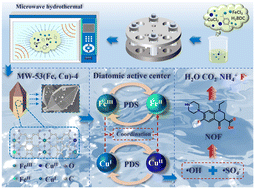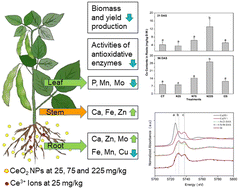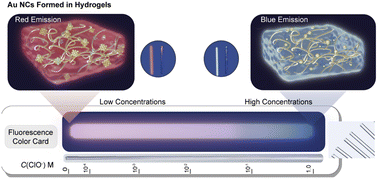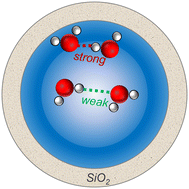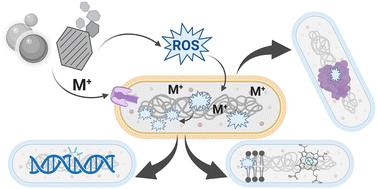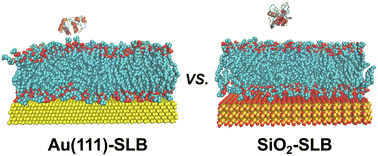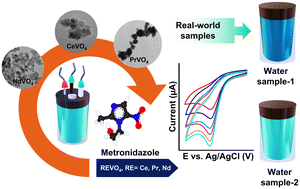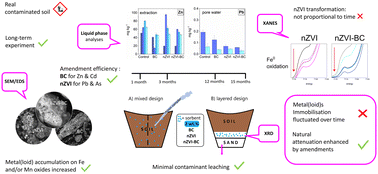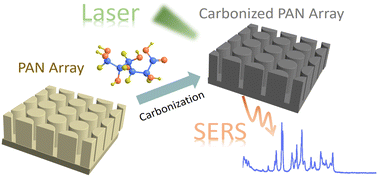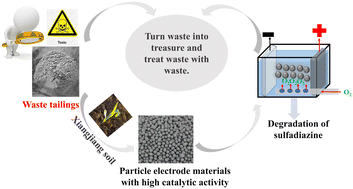Environ. Sci.: Nano, 2023, 10,2778-2789
DOI: 10.1039/D3EN00340J, Paper
DOI: 10.1039/D3EN00340J, Paper
Baocun Yang, Jing Huang, Jing Tong, Haihao Peng, Yinping Xiang, Min Ruan, Zhaomeng Chen, Zhaohui Yang, Weiping Xiong
A heterostructured diatomic catalyst synthesized by a microwave hydrothermal method accelerates interfacial charge transfer and enhances the ability to treat antibiotic wastewater.
The content of this RSS Feed (c) The Royal Society of Chemistry
A heterostructured diatomic catalyst synthesized by a microwave hydrothermal method accelerates interfacial charge transfer and enhances the ability to treat antibiotic wastewater.
The content of this RSS Feed (c) The Royal Society of Chemistry

